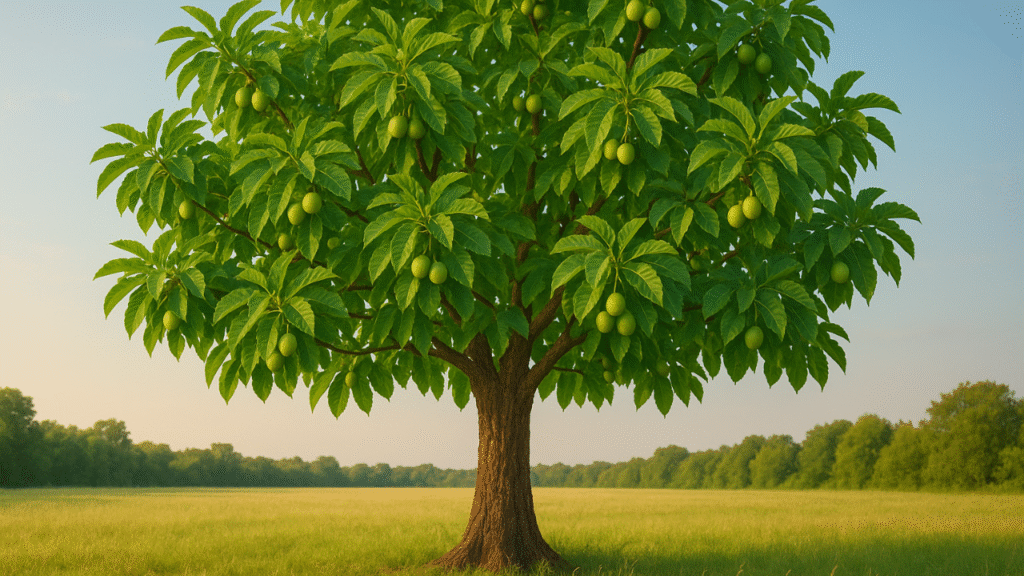
Essential Guide to Growing Walnut Trees: Expert Tips for Thriving Yields and Healthy Growth
Have you ever dreamed of harvesting your own nutritious walnuts right from your backyard, only to be stumped by struggling trees or disappointing yields? You’re not alone! Growing walnut trees can seem daunting, but with the right guidance, it’s a rewarding journey that offers both delicious nuts and valuable timber. Whether you’re a beginner gardener or a small-scale farmer, this Essential Guide to Growing Walnut Trees: Expert Tips for Thriving Yields and Healthy Growth is here to help you succeed. 🌳
In this comprehensive guide, we’ll tackle the common challenges of growing walnut trees—like slow growth, pests, and poor nut production—and provide actionable, beginner-friendly solutions. From choosing the perfect variety to harvesting your first crop, we’ve got you covered with expert advice that goes beyond the basics. Curious how to transform your yard into a thriving walnut haven? Keep reading to discover practical tips that promise healthier trees and bigger yields. Let’s grow together! 😊
Table of Contents
Toggle🐿️ Why Grow Walnut Trees? Benefits and Challenges 🐿️
Wondering if growing walnut trees is worth the effort? Let’s break it down for you! As a beginner, understanding the rewards and hurdles upfront can help you decide if this long-term project fits your gardening goals. With expert insights, we’ll show you why walnut trees are a fantastic choice 🌟 and how to tackle any challenges with ease. Let’s dig in! 🌱🌍

🌰 Benefits of Growing Walnut Trees 🌰
Walnut trees are a treasure 🏆 for any yard or farm. First, their nuts are a nutritional powerhouse 💪, packed with omega-3 fatty acids 🧠 and antioxidants 🥑—perfect for healthy snacking 🍽️ or cooking 🍳. Beyond food 🍴, mature walnut trees offer valuable timber 🌲, often used for high-end furniture 🛋️, making them a smart investment 💰. Plus, they’re great for the environment 🌿, providing shade 🌞, reducing soil erosion 🌧️, and capturing carbon 🌍. Imagine a tree 🌳 that feeds you 🍽️ and boosts your property value 💎! 😍
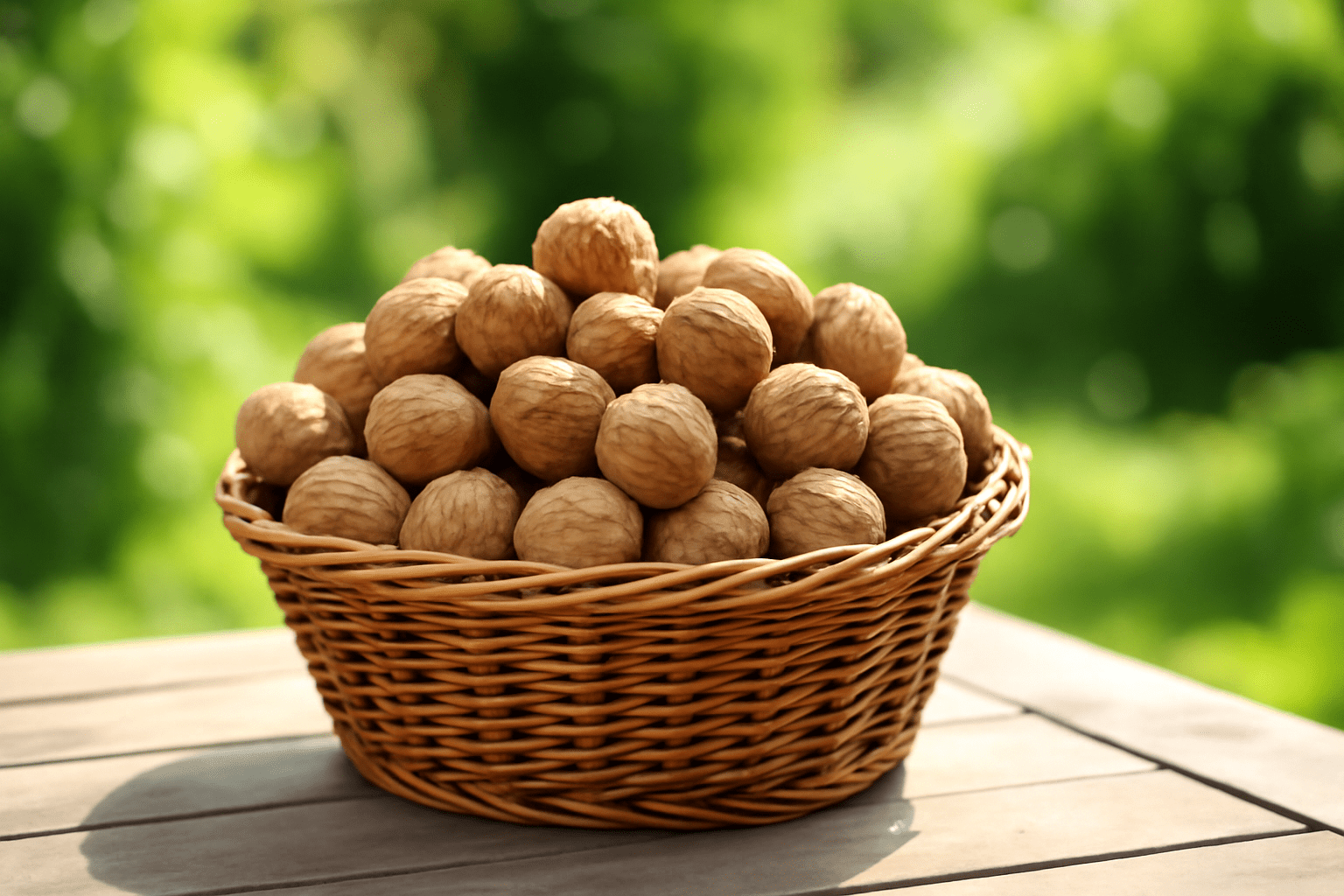
🌳 Common Challenges and How to Overcome Them 🌳
Let’s be real 🗣️—growing walnut trees isn’t a quick win ⏳. They grow slowly 🐢, often taking 4-7 years ⏰ to produce nuts 🥜, so patience is key 🔑. Plan for the long haul 🛤️ by setting realistic expectations 📅 and enjoying the journey 🚀. They’re also prone to pests 🐛 like walnut husk flies 🦟 and diseases 🦠 like blight, but don’t worry—later sections share simple prevention tips 🛡️. Lastly, these trees need space 🏡 (think 30-60 feet apart 🌳🌳) due to their massive size 💥 and roots 🌱. Pick a spot 📍 away from buildings 🏠 or other plants 🌸 to avoid issues. You’ve got this! 💪💚
By knowing these pros and cons ⚖️, you’re already a step ahead 🚶♂️. Walnut trees can transform your land 🌍 into a productive, beautiful space 🏡 if you’re ready to commit 💯. Stick with us ✨ to learn how to make growing walnut trees a breeze 🌬️! 🌿
🌳 Getting Started: Choosing the Right Walnut Tree Variety 🌳
Ready to start your walnut tree journey? 🚀 Picking the right variety is the first big step to ensure success 🌟. Different walnut trees thrive in different conditions 🌤️ and serve unique purposes, so let’s make this easy for beginners 🧑🌾. With expert guidance 🧑🏫, we’ll help you choose a variety 🌳 that fits your climate 🌍, space 🏡, and goals 🎯. Let’s find the perfect tree for you! 😊
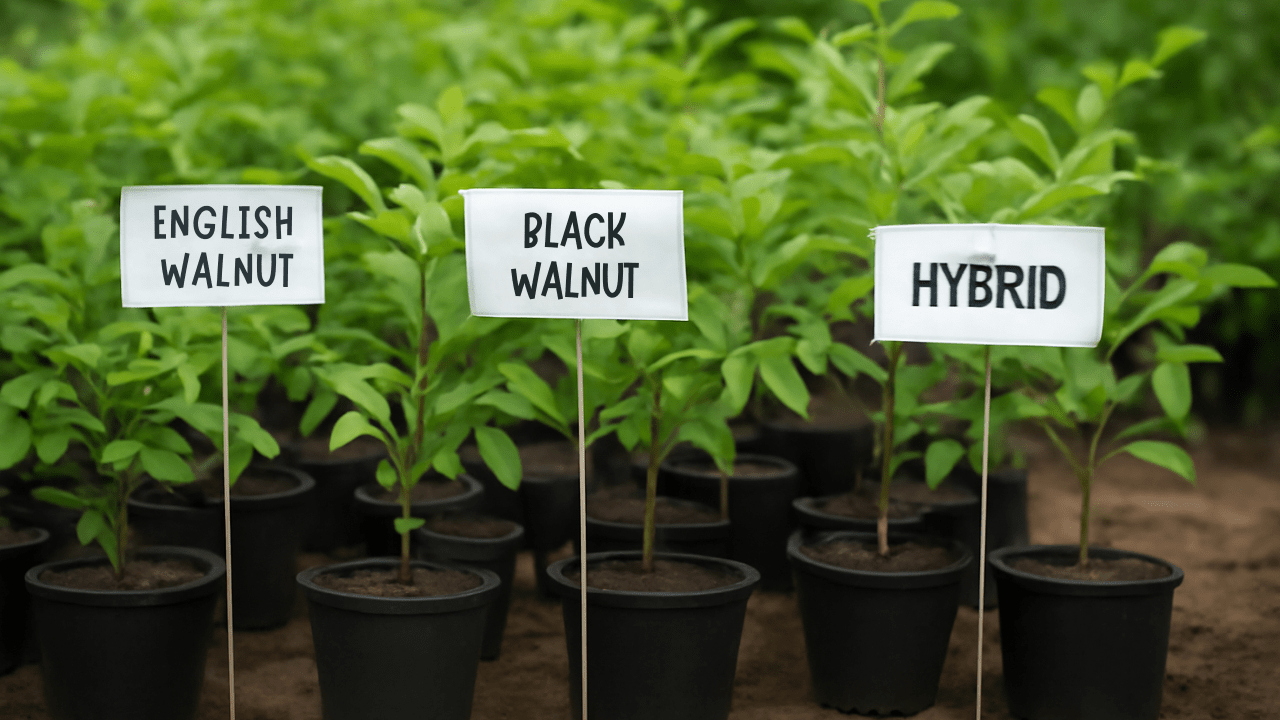
🍂 Popular Walnut Tree Varieties for Different Climates 🍂
Not all walnut trees are the same! 🌰 Here are some popular options to consider:
- English Walnut (Juglans regia): Ideal for milder climates (USDA zones 5-9), this variety produces high-quality, tasty nuts 🤤 perfect for eating 🍽️. It’s a top pick for home gardeners 🏡.
- Black Walnut (Juglans nigra): Super hardy 💪 (zones 4-9), it’s often grown for its valuable timber 🌲. Be cautious ⚠️—its roots release juglone, a chemical toxic to some nearby plants 🌱 like tomatoes 🍅.
- Hybrid Varieties: These combine the best of both worlds 🌍, offering disease resistance 🛡️ and better yields 🌾. Ask your local nursery 🌻 for hybrids suited to your area.
🌍 Factors to Consider When Choosing a Variety 🌍
Before you buy 🛒, think about these key points:
- Climate and Hardiness Zone: Check your USDA zone 📍 (easily found online 💻) to match a tree 🌳 that can handle your winters ❄️ and summers 🌞. English walnuts hate extreme cold 🥶, while black walnuts are tougher 💥.
- Purpose: Are you growing for nuts 🥜, timber 🌲, or both? English walnuts prioritize nut quality 🌰, while black walnuts excel in wood production 🪓.
- Disease Resistance and Local Pests: Some areas have specific threats 🦠 like walnut blight 🌧️. Research or ask locals 🗣️ about common issues to pick a resistant variety 🛡️.
(Quick Actionable Tip: 📞 Contact your local agricultural extension or nursery 🏬 for region-specific recommendations 📝. They often know which walnut varieties thrive best in your area.)
Picking the right walnut tree sets the foundation for years of growth 🌱. By matching the variety to your environment 🌍 and needs, you’re already on track 🛤️ for a thriving harvest 🌾. Keep reading 📖 to learn how to plant and care for your tree! 🌿
🌱 Planting Walnut Trees: Step-by-Step Guide 🌱
Now that you’ve chosen your walnut tree variety 🌳, it’s time to get it in the ground! 🌍 Planting walnut trees correctly is crucial for their long-term health 💪 and productivity 🌾. Don’t worry if you’re new to this—our easy, step-by-step guide 📝 will walk you through the process with clear, beginner-friendly tips 🌱. Let’s plant your tree 🌳 the right way and set it up for success! 😊

⏰ When and Where to Plant Walnut Trees ⏰
Timing and location are everything 🕰️! The best time to plant walnut trees is in late fall 🍂 or early spring 🌸 when the tree is dormant, giving roots time to settle before growth starts 🌱. Choose a spot with full sun ☀️ (at least 6-8 hours daily) and well-drained soil 🌍. Walnut trees need plenty of space 🏡—plant them 30-60 feet apart from other trees 🌳🌳 or structures 🏠 to accommodate their large size 💥 and spreading roots 🌱. Avoid low-lying areas where water pools 💧, as they hate soggy feet 👣!
🧪 Preparing the Soil for Optimal Growth 🧪
Healthy soil means a happy tree 🌳. Start by testing your soil’s pH 📊—walnut trees prefer a range of 6.0 to 7.5. You can grab a simple test kit 🧫 from a garden center 🏪 or online 🛒. If the pH is off ⚖️, adjust it with lime (to raise) or sulfur (to lower) as needed 🧴. Mix in organic matter like compost 🥕 or well-rotted manure 🐄 to improve drainage 💧 and add nutrients 🌿. Loose, rich soil helps roots grow deep 🔽 and strong 💪.
🌳 How to Plant Walnut Trees 🌳
Follow these simple steps for a perfect planting 👇:
- Step 1: Dig a Hole – Make it twice as wide and just as deep as the root ball or container 🌱. This gives roots room to spread 🌳.
- Step 2: Position the Tree – Place the tree in the hole 🕳️, ensuring the graft union (a small bump near the base) sits 2-3 inches above ground level 🏞️. Spread the roots out naturally 🌱.
- Step 3: Backfill and Water – Fill the hole with soil 🏝️, gently packing it down to remove air pockets 💨. Water deeply 💦 right after planting to settle the soil around the roots 🌿.
(Quick Actionable Tip: 📏 Add a 2-3 inch layer of mulch 🍂, like wood chips or straw 🍓, around the base of the tree 🌳—but keep it a few inches away from the trunk. This retains moisture 💧 and keeps weeds at bay 🚫.)
Planting your walnut tree 🌳 with care is the first step to a thriving future 🌱. With the right spot 📍 and technique 👩🌾, you’ve laid a solid foundation 🌍. Stick with us to learn how to nurture your tree 🌿 as it grows! 🌻
🌿 Caring for Walnut Trees: Essential Maintenance Tips 🌿
Congratulations 🎉 on planting your walnut tree 🌳! Now, let’s keep it healthy 💚 and growing strong 💪. Caring for walnut trees doesn’t have to be complicated 🤯, even if you’re a beginner 🧑🌾. With these essential maintenance tips 📝, you’ll learn how to water 💦, fertilize 🌱, prune ✂️, and protect 🛡️ your tree from common issues 🌿. Follow this expert advice 📚 to ensure thriving growth 🌾 and future harvests 🍽️. Let’s dive in! 😊

💧 Watering: How Much and How Often 💧
Young walnut trees 🌱 need consistent moisture 💧 to establish strong roots 🌳. Water deeply 💦 once a week 🗓️ during the first 1-2 years, providing about 1-2 inches of water (use a rain gauge 🌧️ to check). Focus on the root zone 🌍, not the trunk 🌳, to avoid rot 🦠. Once established, mature trees 🌳 often rely on rainfall 🌧️ unless there’s a prolonged drought 🌞—then give them a good soak 💦 every 2-3 weeks. Overwatering 🌊 can harm them, so ensure the soil drains well 🌍.
🌱 Fertilizing for Healthy Growth 🌱
Walnut trees 🌳 aren’t heavy feeders 🍽️, but a little boost 🏋️♀️ helps. In early spring 🌸, apply a balanced fertilizer 🌾 (like 10-10-10) around the drip line 🌿—the area under the outer edge of the canopy 🌳—where roots absorb nutrients 🌱. Start with 1 pound per inch of trunk diameter 🌳 for young trees 🌱, and avoid over-fertilizing ❌, as it can lead to weak growth 🌱. If your soil test 🧪 shows deficiencies (like low nitrogen 🟢), adjust accordingly 🔧. Organic options 🍂 like compost 🌾 work great too!
✂️ Pruning: When and How to Do It ✂️
Pruning ✂️ keeps your walnut tree 🌳 healthy and productive 🌾. Do it in late winter ❄️ or early spring 🌸 before buds break 🌱 to avoid stress 😰. For young trees 🌱, focus on shaping 🧑🎨—remove dead ☠️, damaged 💔, or crossing branches 🌿 to create a strong structure 💪 with a central leader (main trunk) 🌳. For mature trees 🌳, thin out crowded branches 🌿 to improve air circulation 🌬️ and light exposure ☀️. Always use clean, sharp tools 🧰 to prevent disease 🦠, and don’t over-prune ✂️; just take off what’s necessary ✅.
🛡️ Protecting Against Pests and Diseases 🛡️
Walnut trees 🌳 can face threats like walnut husk flies 🦟, aphids 🐞, and blight 🦠. Check leaves 🍃 and nuts 🌰 regularly for signs of trouble ⚠️—sticky residue, holes 🔲, or black spots 🖤. Use sticky traps for flies 🦟 and introduce beneficial insects 🦋 like ladybugs 🐞 for aphids if possible. For diseases like anthracnose 🌧️, ensure good air flow 🌬️ by pruning ✂️ and clean up fallen leaves 🍂 in autumn 🍁 to reduce spores 🦠. If issues persist 🔴, consult your local extension service 📞 for safe, targeted treatments 🛠️.
(Quick Actionable Tip 📝: Mulch 🍂 around the base with 2-3 inches of organic material like wood chips 🌳 to retain moisture 💧 and suppress weeds 🌿, but keep it away from the trunk 🌳 to prevent rot 🦠.)
With these simple care tips 🧑🌾, your walnut tree 🌳 will have everything it needs to grow tall and strong 💪. Regular attention 👀 now means bigger yields later 🍇. Keep reading 📖 to learn how to maximize your harvest 🌾! 🌳
🛡️ Protecting Walnut Trees from Pests and Diseases 🛡️
Keeping your walnut trees healthy means staying ahead of pests 🐜 and diseases 🦠 that can slow growth 🌱 or damage your harvest 🌰. Don’t worry—protecting your trees is totally doable, even for beginners! In this section, we’ll cover the most common threats ⚠️, how to spot them 👀, and simple, effective ways to prevent 🚫 or manage issues. Let’s safeguard your walnut trees with expert tips! 😊
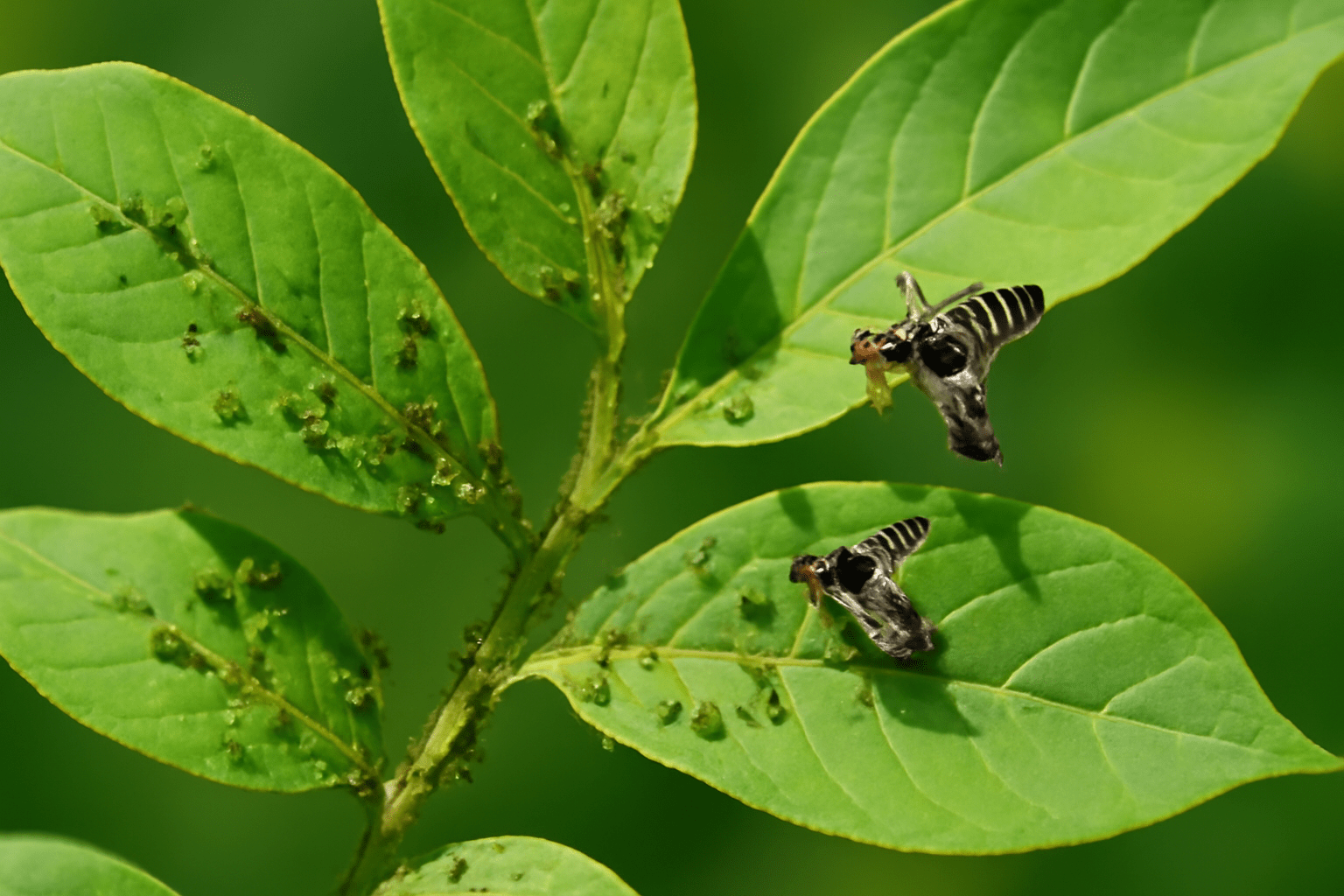
🐛 Common Pests Affecting Walnut Trees 🐛
Walnut trees can attract a few pesky critters 🦗. Here are the main ones to watch for:
🦟 Walnut Husk Fly 🦟
These flies 🦠 lay eggs in the husk, causing maggots 🐛 to damage nuts, making them black 🖤 and mushy. Look for small puncture marks 🔴 on husks in summer ☀️.
🐜 Aphids 🐜
Tiny insects 🐜 that suck sap 🍯 from leaves 🍃, leaving a sticky residue (honeydew 🍯) and causing curled 🌿 or yellowing leaves. Check the undersides of leaves 👇.
🦋 Codling Moth 🦋
Their larvae 🐛 burrow into nuts 🌰, ruining them. You might see small entry holes ⭕ or frass (insect waste 💩) near nuts.
🍂 Common Diseases to Watch Out For 🍂
Diseases 🦠 can sneak up if conditions aren’t right. Keep an eye 👀 out for:
🌱 Walnut Blight 🌱
A bacterial disease 🦠 causing black lesions 🖤 on leaves 🍃, twigs 🌿, and nuts 🌰, especially in wet spring 🌧️ weather. Infected nuts may drop early ⬇️.
🍄 Anthracnose 🍄
A fungal disease 🦠 leading to dark 🌑, sunken spots 🔲 on leaves 🍃 and premature leaf fall 🍂. It thrives in humid conditions 💧.
🌧️ Root Rot 🌧️
Caused by overly wet soil 💦, this fungal issue 🦠 makes roots decay 🌱, leading to wilting 🥀 or stunted growth. Check for soggy soil 🌊 around the base.
🔍 How to Identify and Prevent Issues 🔍
Early detection 👀 is key 🔑! Regularly inspect 🧐 your tree—look at leaves 🍃, branches 🌿, and nuts 🌰 for unusual spots 🟥, holes 🕳️, or sticky stuff 💧. Prevention starts with good practices 👍:
🧹 Sanitation 🧹
Clean up fallen leaves 🍂, nuts 🌰, and debris 🌾 in fall 🍁 to remove hiding spots for pests 🐜 and disease spores 🦠.
✂️ Proper Spacing and Pruning ✂️
Space trees 30-60 feet apart 🌳🌳 and prune ✂️ to improve air circulation 🌬️, reducing humidity 💧 that pests 🐜 and fungi 🦠 love ❤️.
💧 Water Wisely 💧
Avoid overwatering 💦 to prevent root rot 🌱. Ensure soil drains well 🏞️, and water 💧 at the base ⬇️, not on leaves 🍃.
🛠️ Natural and Chemical Control Methods 🛠️
You’ve got options ✅ to fight back, starting with gentle methods 🌱:
🍃 Natural Controls 🍃
Use sticky traps 🟨 or yellow cards 🟨 near trees to catch walnut husk flies 🦟. Introduce beneficial insects 🦗 like ladybugs 🐞 to eat aphids 🐜.
🌻 Cultural Practices 🌻
For codling moths 🦋, wrap tree trunks 🌳 with cardboard bands 📦 to trap larvae 🐛 and remove them. Rotate crops 🍅 or plants nearby 🌿 to disrupt pest cycles 🔄.
💊 Chemical Options 💊
If infestations get severe 😱, use targeted pesticides 💥 like spinosad for husk flies 🦟 or fungicides 🦠 for blight—but only as a last resort 🛑. Always follow label instructions 📜 and check with local experts 👩🔬 for safe, approved products in your area 🌍.
Quick Actionable Tip:
Set up sticky traps 🟨 around your walnut trees 🌳 in early summer ☀️ to monitor 🧐 and reduce walnut husk fly 🦟 populations before they damage nuts 🌰.
By staying vigilant 👀 and using these strategies 💡, you can keep pests 🐜 and diseases 🦠 at bay, ensuring your walnut trees 🌳 stay healthy 🌱 for years. Next, let’s talk about harvesting 🌾 and enjoying the fruits 🍇 of your labor! 🌳
🌰 Harvesting and Storing Walnuts for Maximum Yield 🌰
You’ve nurtured your walnut tree 🌳, and now it’s time to reap the rewards! Harvesting and storing walnuts properly ensures you get the most out of your yield 🌱 and enjoy those tasty nuts 🌰 for months. Whether you’re a beginner 👶 or just looking to refine your process, this section offers a clear, step-by-step guide 📝 with expert tips 🧑🔬 to maximize quality 🌟 and quantity. Let’s get started! 😊
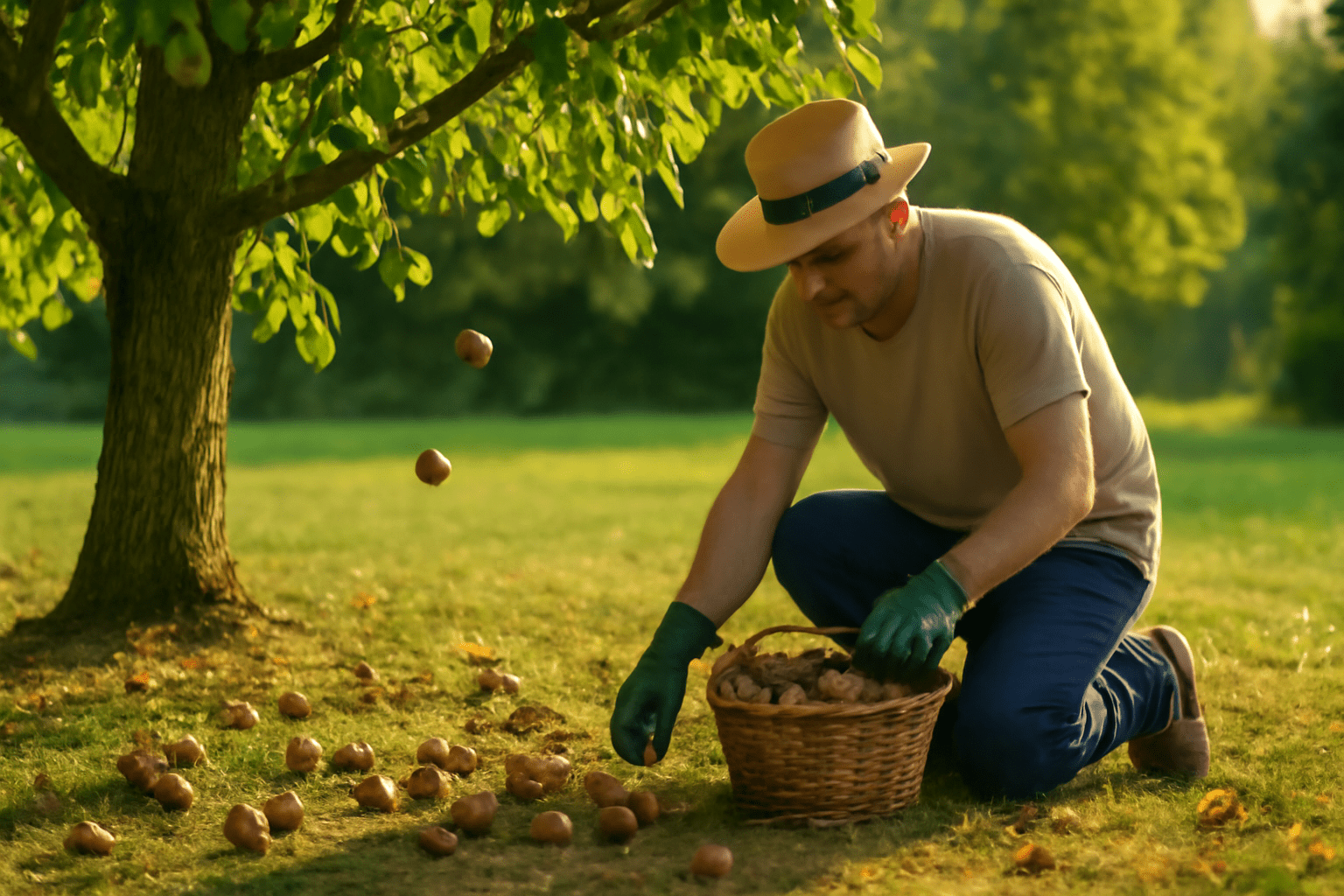
⏰ When to Harvest Walnuts ⏰
Timing ⏰ is everything for a great harvest 🌾. Walnuts 🌰 are ready when the outer green husk 🟩 starts to split, revealing the nut inside, usually in late summer 🌞 to early fall 🍂 (September to October in many regions). You’ll often see husks cracking 🦠 on the tree 🌳 or nuts dropping naturally to the ground 🌍. Don’t wait too long—leaving nuts on the ground can attract pests 🐜 or lead to mold 🦠 if it’s wet 🌧️. Shake branches gently 🌿 (use a pole if needed) to encourage ripe nuts 🌰 to fall, but wear gloves 🧤—husks can stain hands ✋ and clothes 👚!
🧹 How to Harvest Walnuts Step by Step 🧹
Follow these simple steps ➡️ to gather your walnuts efficiently:
Step 1: Collect Fallen Nuts 🧺
Pick up nuts 🌰 from the ground daily during peak harvest 🌾 to avoid pest 🐜 damage or rot 🦠. Use a basket 🧺 or bucket 🪣 for easy carrying.
Step 2: Remove the Husk 🟩
Peel off the green husk 🟩 as soon as possible after harvest 🌾. If it’s stubborn 😤, let nuts sit in a dry, airy spot 🌬️ for a few days to loosen husks. (Tip: Wear gloves 🧤 to avoid staining! 😅)
Step 3: Rinse the Nuts 💧
Wash off any remaining husk residue or dirt 🌍 with water 💦. This prevents mold 🦠 during storage 🏠.
🌬️ Drying Walnuts for Storage 🌬️
Drying 🌬️ is crucial to prevent spoilage 🦠 and enhance flavor 😋. Spread cleaned walnuts 🌰 in a single layer on a screen 🧺, tray 🍽️, or breathable surface 🌬️ in a dry, well-ventilated area (like a garage 🏠 or shed 🛖). Avoid direct sunlight 🌞, as it can overheat them 🌡️. Let them dry for 2-3 weeks 🗓️, stirring occasionally 🔄 to ensure even drying 🌬️. You’ll know they’re ready ✅ when the shells are hard 🦴 and the nutmeat inside rattles slightly 🔊. Test a few by cracking 🥜—if the meat is brittle, not rubbery, they’re good to go 👍.
🗃️ Storing Walnuts to Maintain Freshness 🗃️
Proper storage 🏠 keeps walnuts tasty for up to a year 📅. Here’s how:
Short-Term Storage ⏳
Keep unshelled walnuts 🌰 in a cool ❄️, dry place 🌞 in a breathable container 🧺 like a mesh bag 🧵 or basket 🧺. Avoid plastic bags 🛍️—they trap moisture 💦 and cause mold 🦠.
Long-Term Storage 🕰️
For shelled walnuts 🌰, store them in an airtight container 🔒 in the refrigerator 🧊 (up to 6 months) or freezer ❄️ (up to a year) to prevent rancidity 🛑 from their high oil content 🛢️.
Check Regularly 🔍
Inspect stored nuts 🌰 for mold 🦠 or off smells 👃, and discard any that seem spoiled 🚮.
Quick Actionable Tip:
After drying 🌬️, crack a small batch of walnuts 🌰 to test dryness ✅ before storing the rest 🏠. If the meat is still soft 🍃, give them another week 🌱 to dry.
With these harvesting 🌾 and storage 🗃️ tips, you’ll enjoy the fruits 🍇 of your labor at their peak quality 🌟. Your hard work 💪 has paid off—savor those walnuts 🌰 in recipes 🍽️ or as a snack 🍴! Keep reading 📖 for final thoughts 💭 on growing walnut trees 🌳 successfully! 🌳
🔧 Troubleshooting Common Walnut Tree Problems 🔧
Even with the best care 🌱, walnut trees 🌳 can run into issues that affect their growth 📉 or nut production 🌰. Don’t worry—most problems have straightforward solutions if caught early! In this section, we’ll help you identify 🔍 and fix the most common walnut tree troubles, from poor growth 🛑 to nut issues 🍂. With these expert tips 🧑🔬, you’ll keep your tree 🌳 thriving. Let’s tackle these challenges together! 😊
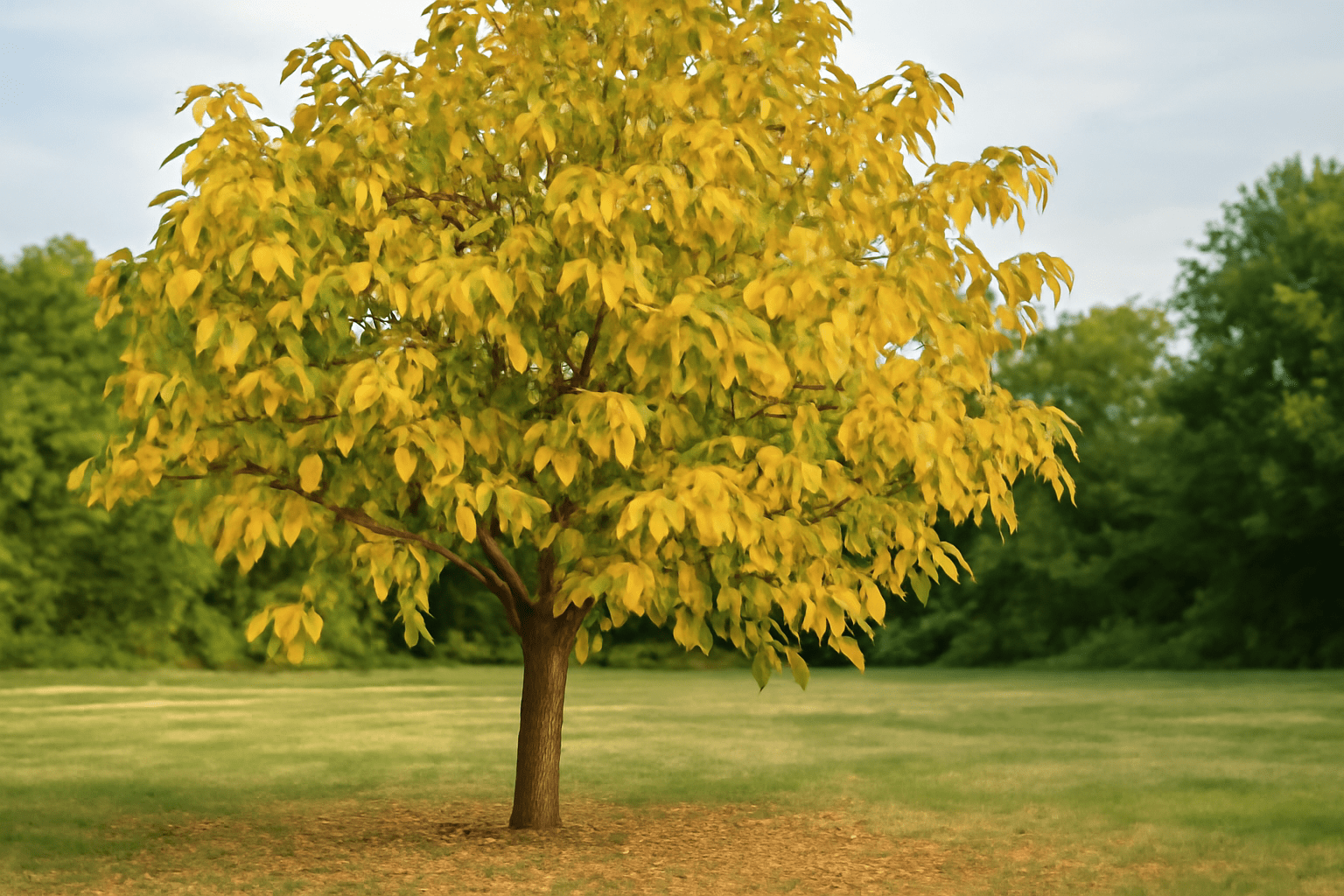
🍂 Yellowing Leaves: Nutrient Deficiencies or Water Issues 🍂
If your walnut tree’s leaves 🍃 are turning yellow 🟡, it could signal a problem with nutrients ⚡ or watering 💧.
Cause 1: Nutrient Deficiency 🥀
Lack of nitrogen 🪴 often causes pale, yellow leaves 🍂, especially in older foliage 🌿. Iron deficiency can also yellow leaves between veins.
Solution: Test your soil 🌍 to confirm deficiencies (kits are available at garden centers 🛒). Apply a balanced fertilizer 💊 (like 10-10-10) in spring 🌷 for nitrogen, or use iron chelate for iron issues, following package instructions 📦.
Cause 2: Overwatering or Poor Drainage 💦
Too much water 💧 can drown roots 🌱, leading to yellow, wilting leaves 🍃.
Solution: Check if soil is soggy 🌧️. Reduce watering 💦 and improve drainage by adding organic matter 🌾 or creating a slight mound around the base if in a low spot 🏞️.
🌱 Stunted Growth: Root or Environmental Stress 🌱
If your tree 🌳 isn’t growing as expected 📉, something might be holding it back 🛑.
Cause 1: Compacted Soil or Root Damage 🪴
Tight soil or injured roots limit water 💧 and nutrient uptake 🌾.
Solution: Loosen soil around the tree 🌳 (avoiding root damage 🦶) with a garden fork ⚒️. Mulch 🍂 to retain moisture 💧 and prevent compaction. Check for girdling roots (roots wrapping around the trunk 🌳) and cut them if needed ✂️.
Cause 2: Insufficient Sunlight 🌞
Walnut trees 🌳 need full sun ☀️ (6-8 hours daily) to thrive 🌱.
Solution: If shaded by nearby trees 🌳 or structures 🏠, consider trimming overhead branches ✂️ or relocating young trees 🌱 if feasible.
🥜 Low Nut Production: Pollination or Health Issues 🥜
Disappointed by a small harvest 🍂? Several factors could be at play 🧐.
Cause 1: Poor Pollination 🌾
Many walnut varieties 🌳 need cross-pollination from another tree 🌳 for good yields 🌰. Wind carries pollen 🌬️, but a nearby compatible variety helps 🌱.
Solution: Plant a second walnut tree 🌳 of a different variety within 100 feet if space allows 🚶♂️. Check bloom times 🌸 overlap for effective pollination 🌾.
Cause 2: Stress or Pests 🐜
Drought 🌞, disease 🦠, or pests like walnut husk flies 🦟 can reduce yields 🌰 by damaging nuts 🌰 or weakening the tree 🌳.
Solution: Ensure consistent watering 💧 during dry spells 🌞, and inspect for pests 🐜 or blight 🦠 (see Section 5). Address issues promptly with traps 🟨 or treatments 💊.
🦠 Spots or Lesions: Pests or Disease 🦠
Black spots 🖤 on leaves 🍃, nuts 🌰, or branches 🌿 often point to trouble 🛑.
Cause 1: Walnut Blight 🦠
Bacterial lesions appear during wet springs 🌧️, causing nuts 🌰 to drop or blacken 🖤.
Solution: Prune ✂️ affected branches, clean up debris 🌿, and apply a copper-based fungicide 🧴 in early spring 🌸 if blight persists (consult local experts 👩🔬 for timing).
Cause 2: Insect Damage 🐜
Aphids 🐜 or husk flies 🦟 leave marks 🟤 or sticky residue 💦.
Solution: Use sticky traps 🟨 for flies 🦟 and introduce beneficial insects 🦗 like ladybugs 🐞 for aphids 🐜. Hose off minor infestations with water 💦.
Quick Actionable Tip:
Keep a close eye 👀 on your tree 🌳 during wet weather 🌧️—early signs of blight 🦠 or pests 🐜 are easier to manage before they spread 🔴. Inspect weekly 📅 in spring 🌱!
With these troubleshooting tips 🛠️, you’re equipped to handle common walnut tree 🌳 problems and get your tree 🌳 back on track ➡️. Persistence pays off 💪—don’t hesitate to reach out to local gardening experts 👩🌾 or extension services 🏫 for extra help. Let’s wrap up with some final thoughts 💭 on your walnut-growing journey 🌳! 🌳
🌳 Final Thoughts on Growing Walnut Trees 🌳
Congratulations 🎉 on embarking on the rewarding journey of growing walnut trees 🌳! From planting 🌱 and caring for your tree 🌳 to harvesting nuts 🌰 and troubleshooting issues 🔧, you’ve learned the essentials to nurture a thriving walnut tree 🌳. These majestic trees 🌳 are more than just a source of delicious nuts 🌰—they’re a long-term investment in your landscape 🏞️, offering shade 🌞, beauty 🌷, and sustainability 🌍 for generations. 😊
Remember, patience ⏳ is key. Walnut trees 🌳 take time to mature, often 5-7 years before producing a significant harvest 🌰, but with consistent care 🧑🌾—proper watering 💧, fertilizing 🌿, pruning ✂️, and pest management 🐜—you’ll set the stage for bountiful yields 🌾. Don’t be discouraged by setbacks 😔; every challenge 🛑, whether it’s yellowing leaves 🍂 or low nut production 🌰, is a chance to learn 📚 and improve 🔧. Keep observing 👀 your tree 🌳, adapt to its needs, and reach out to local gardening communities 👩🌾 or extension services 🏫 for support when needed.
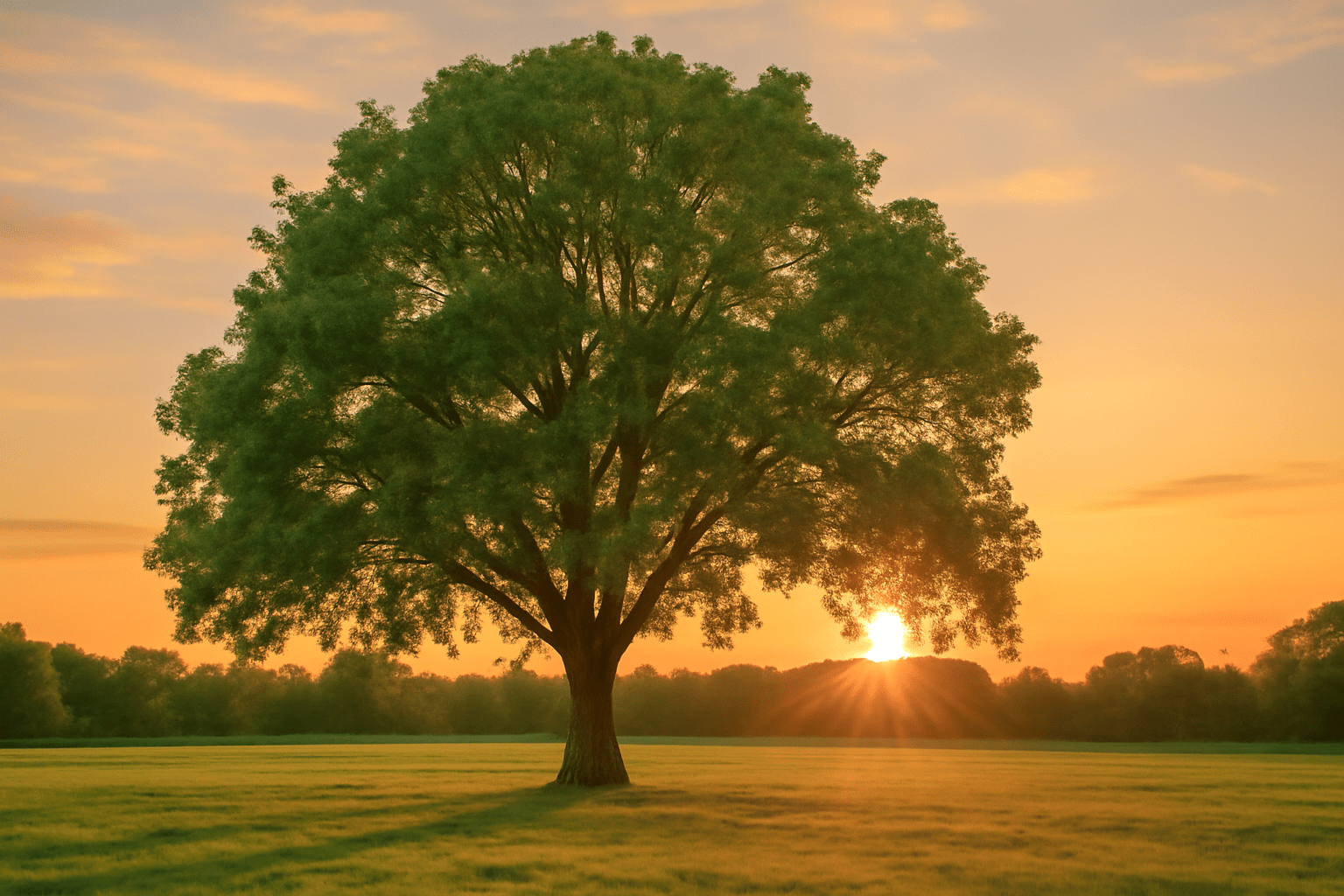
As you move forward 🏃♂️, take pride in contributing to a greener world 🌍. Walnut trees 🌳 store carbon 🌱, support wildlife 🦋, and provide a natural legacy 🌳. Whether you’re enjoying the crunch of fresh walnuts 🌰 or simply relaxing under your tree’s canopy 🌳, know that your efforts have made a lasting impact 💪. Keep growing 🌱, keep learning 📖, and savor the fruits of your labor! 🌰
Quick Actionable Tip:
Document 📓 your tree’s progress yearly—note growth 🌿, harvest size 🍂, and any issues ⚠️. This log 📜 will help you spot patterns 🔄 and refine your care over time ⏳.
Thank you 🙏 for following along on this walnut-growing adventure 🌳. If you have more questions ❓ or want to dive deeper 🔍 into a specific topic, just ask 💬—I’m here to help! 🌿
Frequently Asked Questions (FAQ)
How do I plant a walnut tree?
To plant a walnut tree, choose a location with full sun and well-drained soil. Dig a hole twice the size of the root ball and place the tree so that the top of the root system is level with the ground. Fill the hole with soil, water the tree thoroughly, and mulch around the base to retain moisture.
When is the best time to plant walnut trees?
The best time to plant walnut trees is in early spring or late fall when the weather is cool, and the tree is dormant. This helps the tree establish roots before the hotter summer months or the freezing winter temperatures.
How much water do walnut trees need?
Walnut trees need deep, regular watering, especially during dry spells in their first few years. Aim for about 1–1.5 inches of water per week. However, be careful not to overwater as walnut trees do not like soggy soil, which can lead to root rot.
What type of soil is best for growing walnuts?
Walnut trees thrive in well-drained, loamy soil that is rich in organic matter. They prefer slightly acidic to neutral pH (6.0–7.5). Avoid clay-heavy soils or areas that retain water, as these conditions can cause root issues.
How long does it take for a walnut tree to produce nuts?
Walnut trees typically begin producing nuts between 5 to 7 years after planting, though some varieties may take longer. Full yields are often reached around 10–12 years. Patience is key, as walnut trees grow slowly in the early years.
What are common diseases or pests that affect walnut trees?
Common pests include walnut aphids, husk flies, and borers. Fungal diseases like walnut blight and root rot can also affect trees. To manage these, ensure proper spacing for airflow, use pest control measures as needed, and remove infected parts of the tree.
How do I prune a walnut tree for optimal growth?
Pruning walnut trees is essential for healthy growth and nut production. Focus on removing dead, damaged, or crossing branches and thinning the canopy to improve sunlight penetration. Prune in late winter or early spring when the tree is dormant to avoid bleeding sap.
How do I protect my walnut tree in winter?
To protect your walnut tree in winter, mulch around the base to insulate the roots and prevent freezing. If you live in a very cold region, you may want to wrap the trunk with burlap to prevent frost cracks. Avoid fertilizing in late fall, as this encourages growth that is vulnerable to frost.
